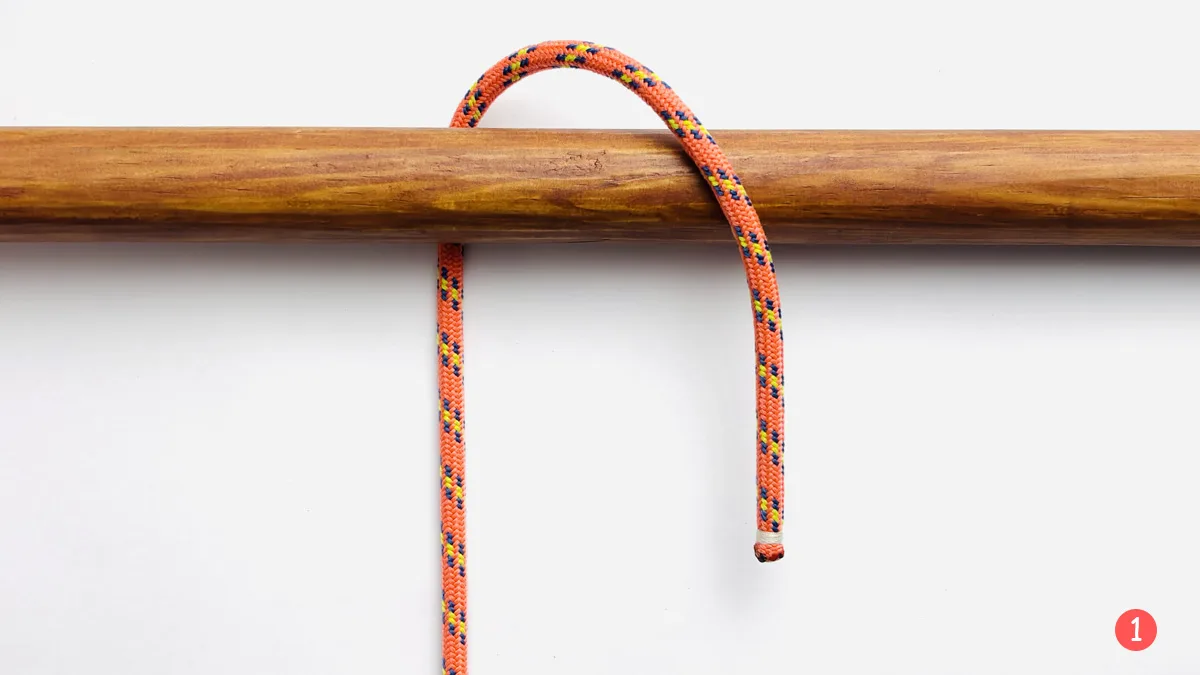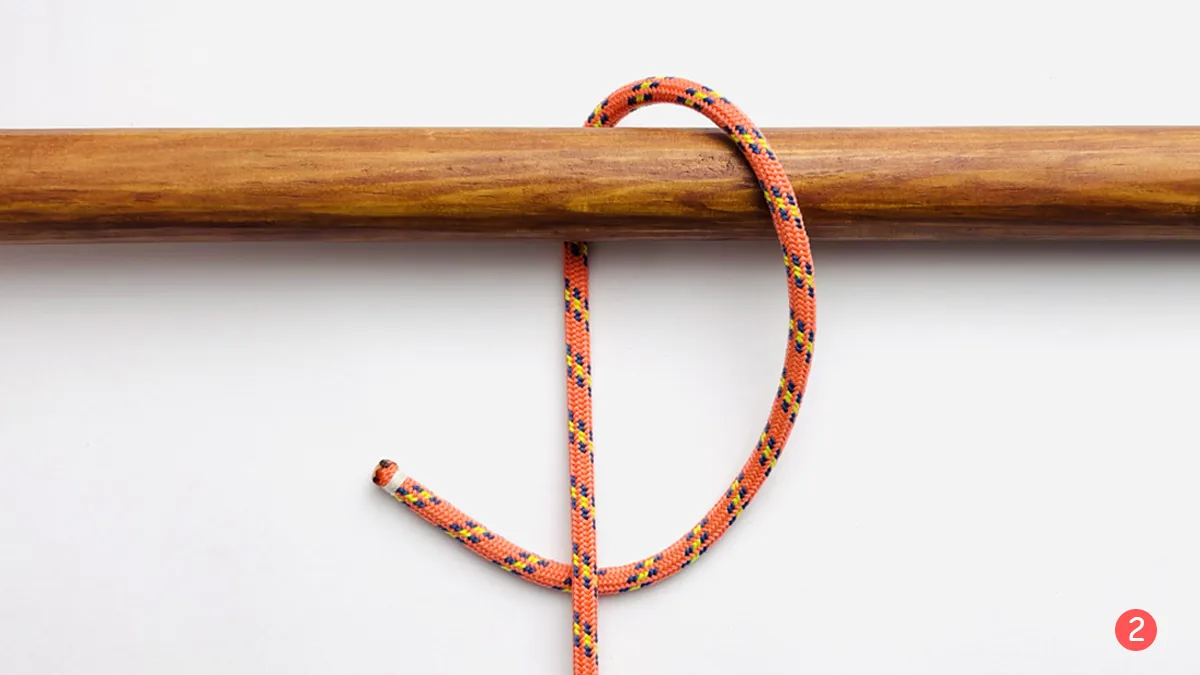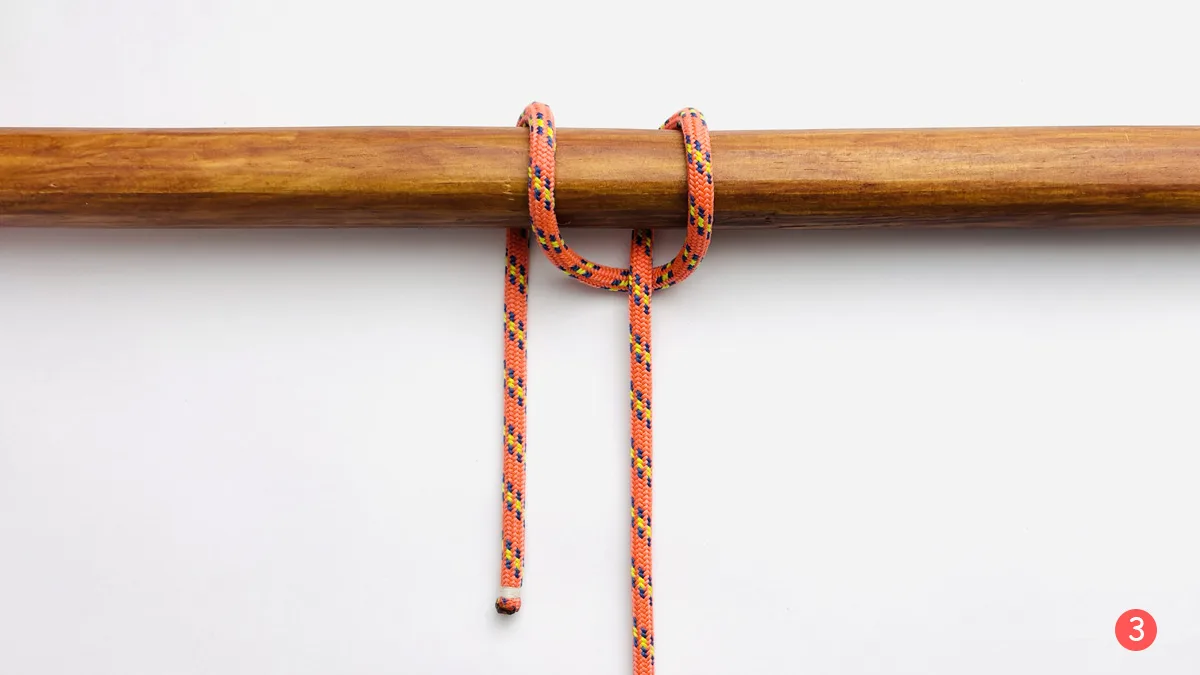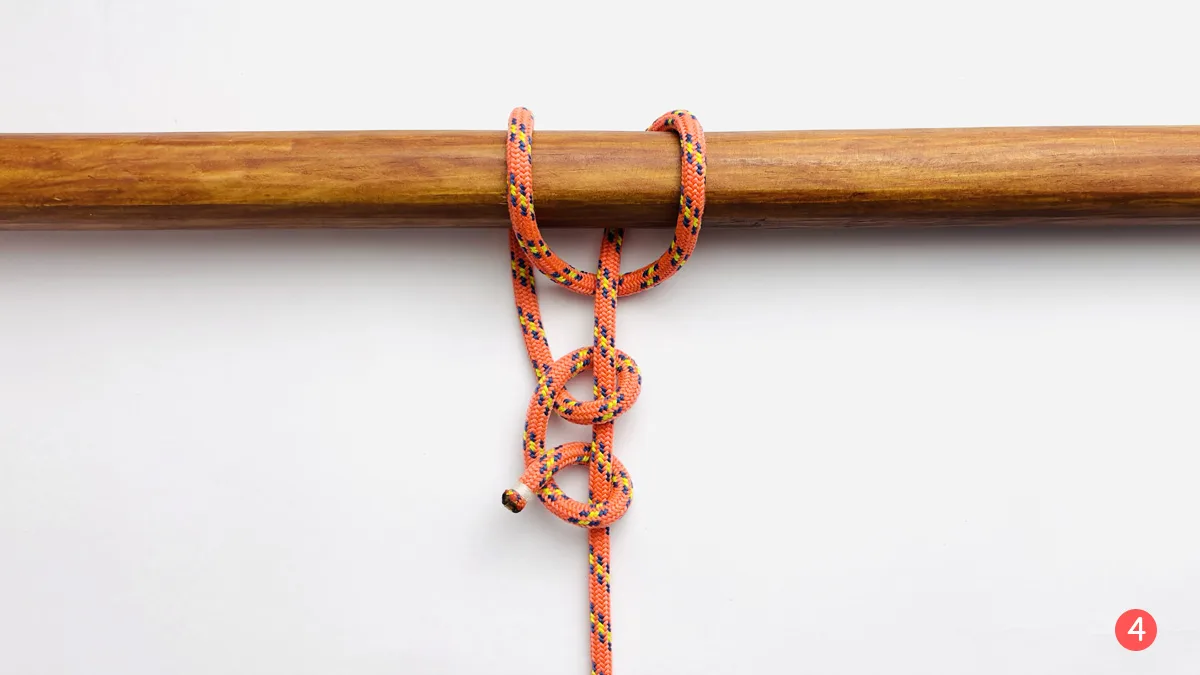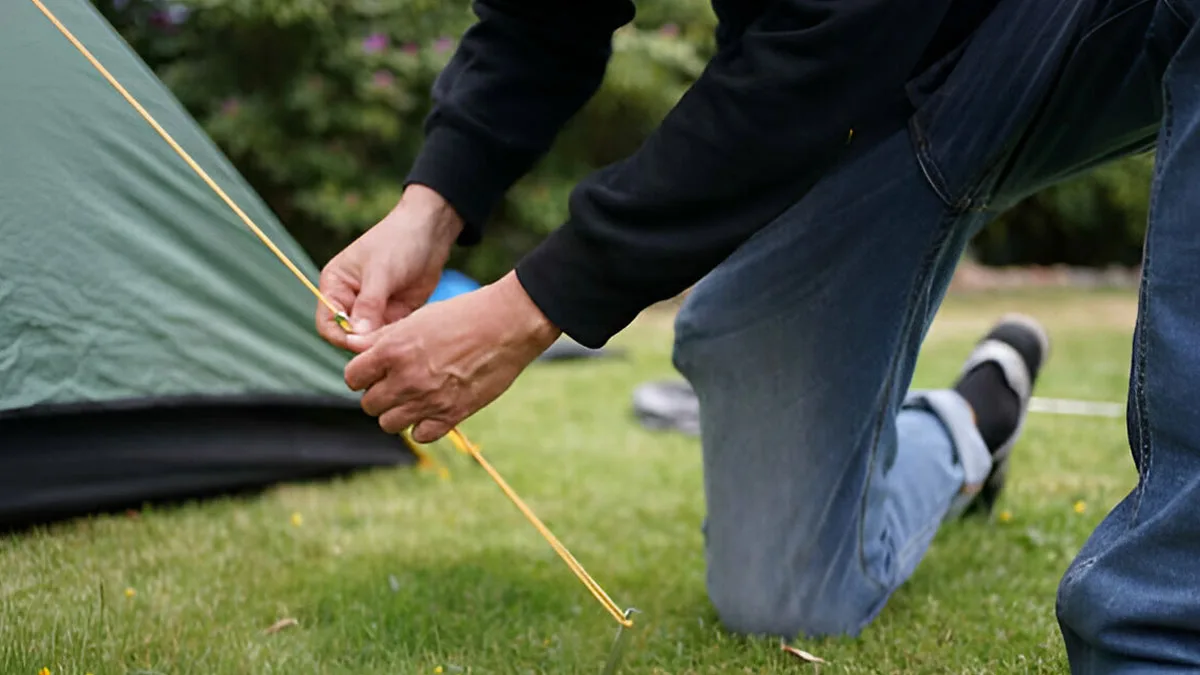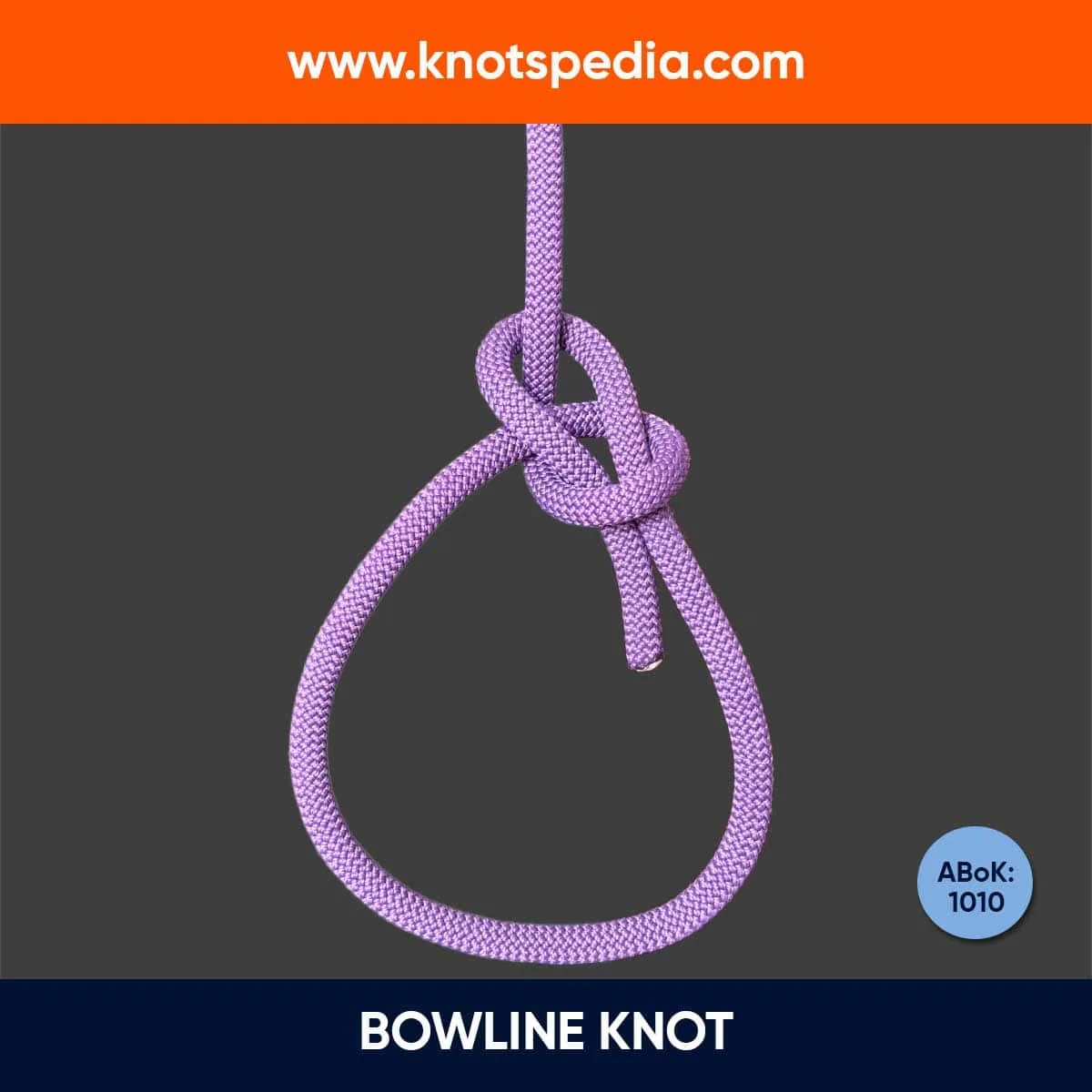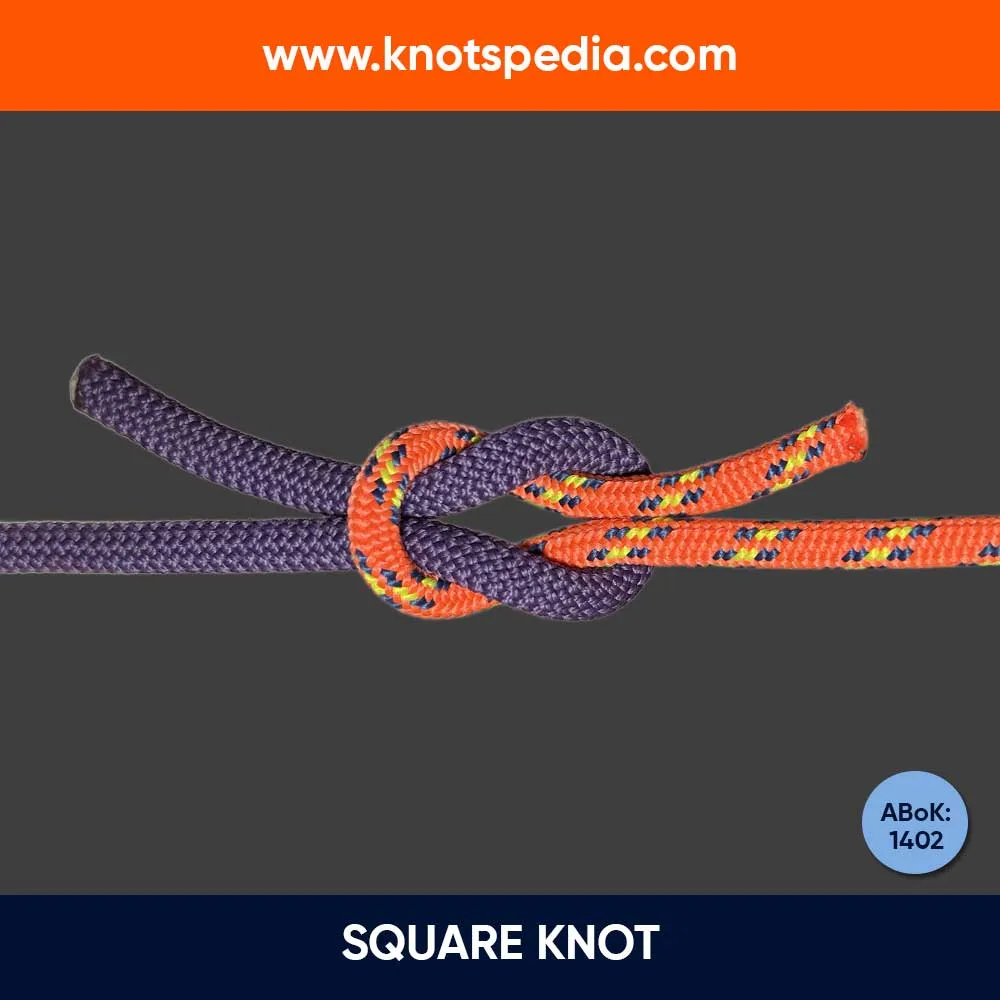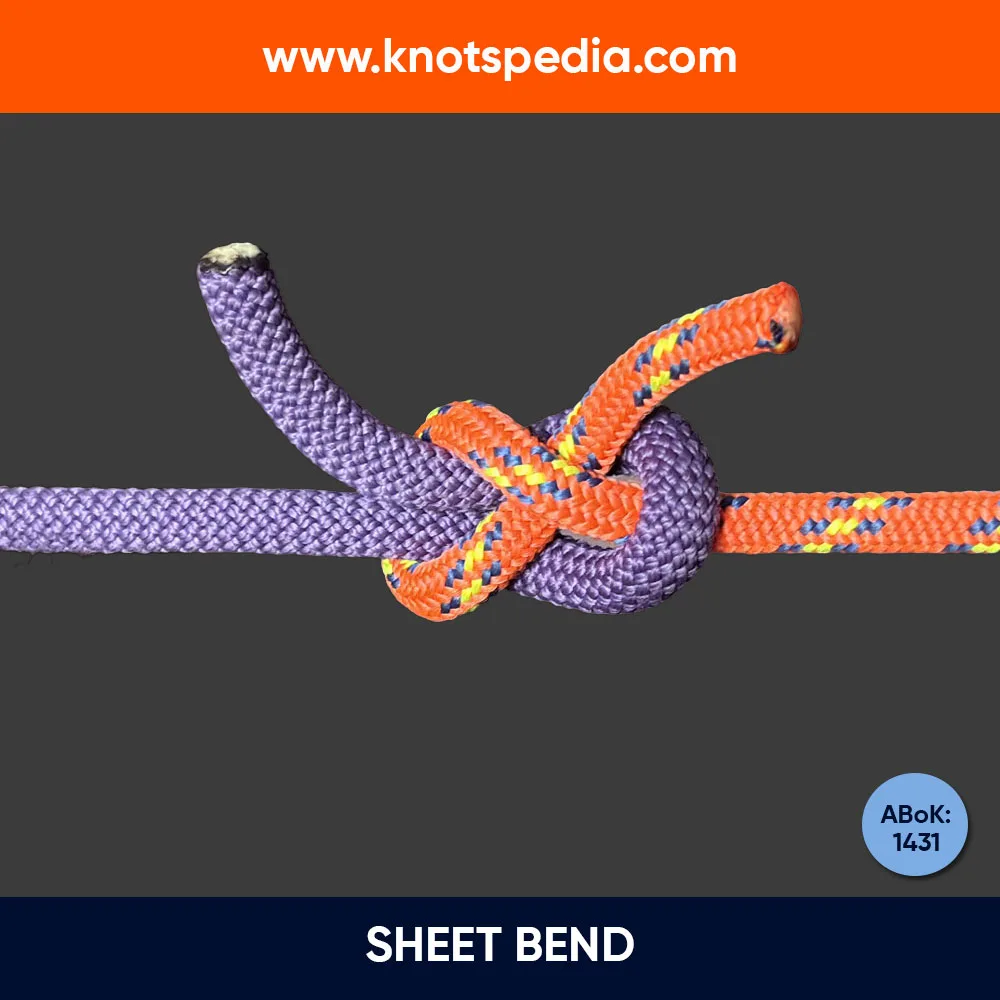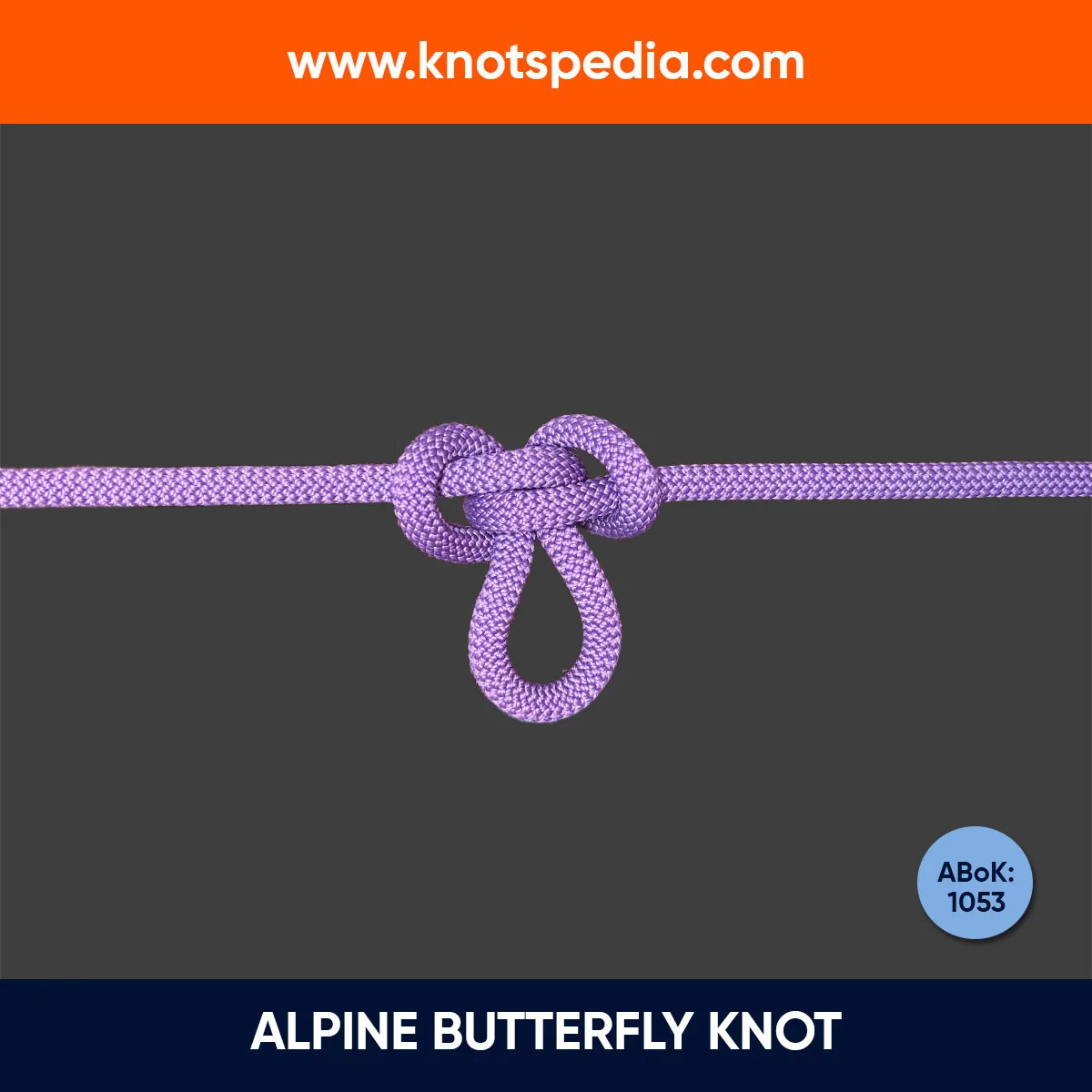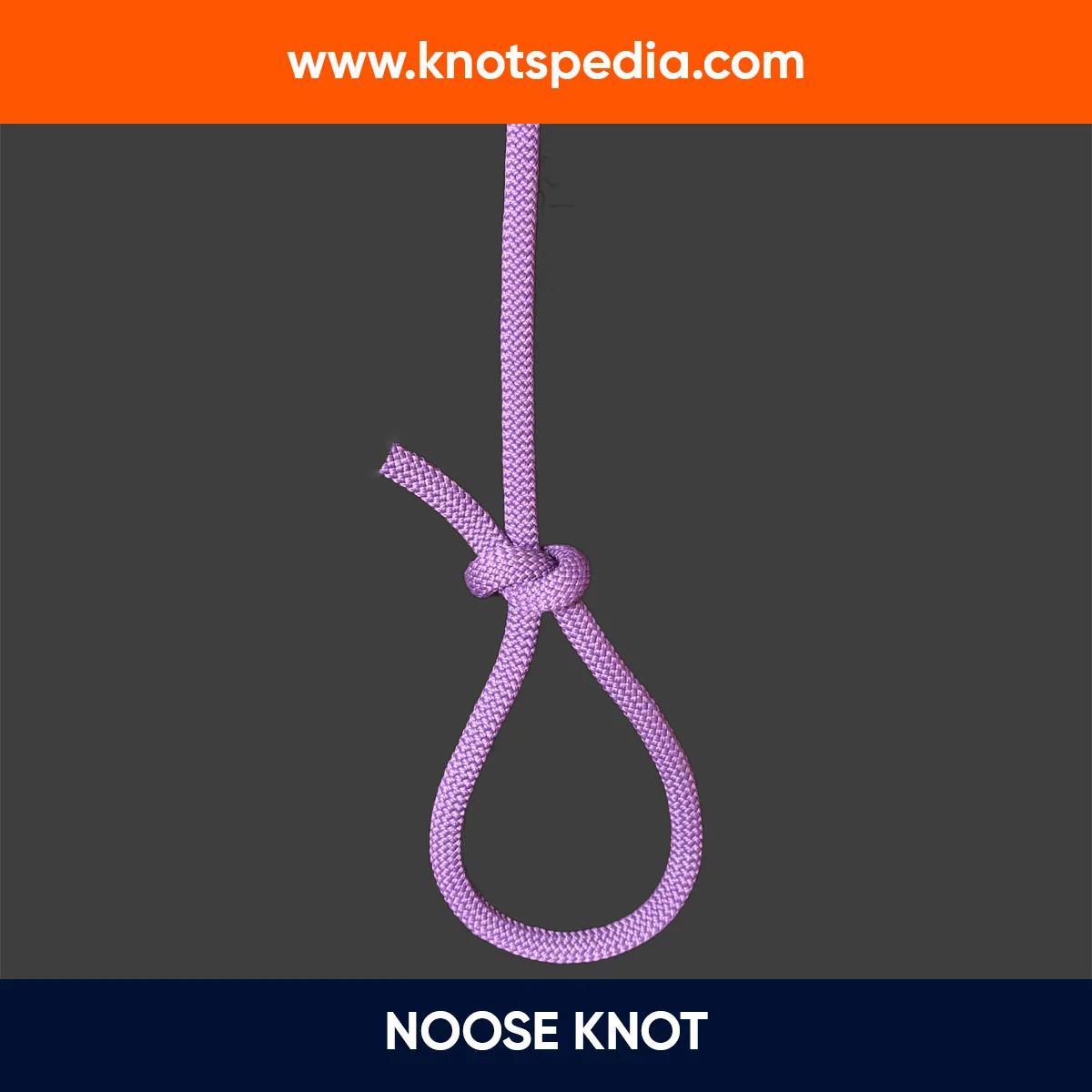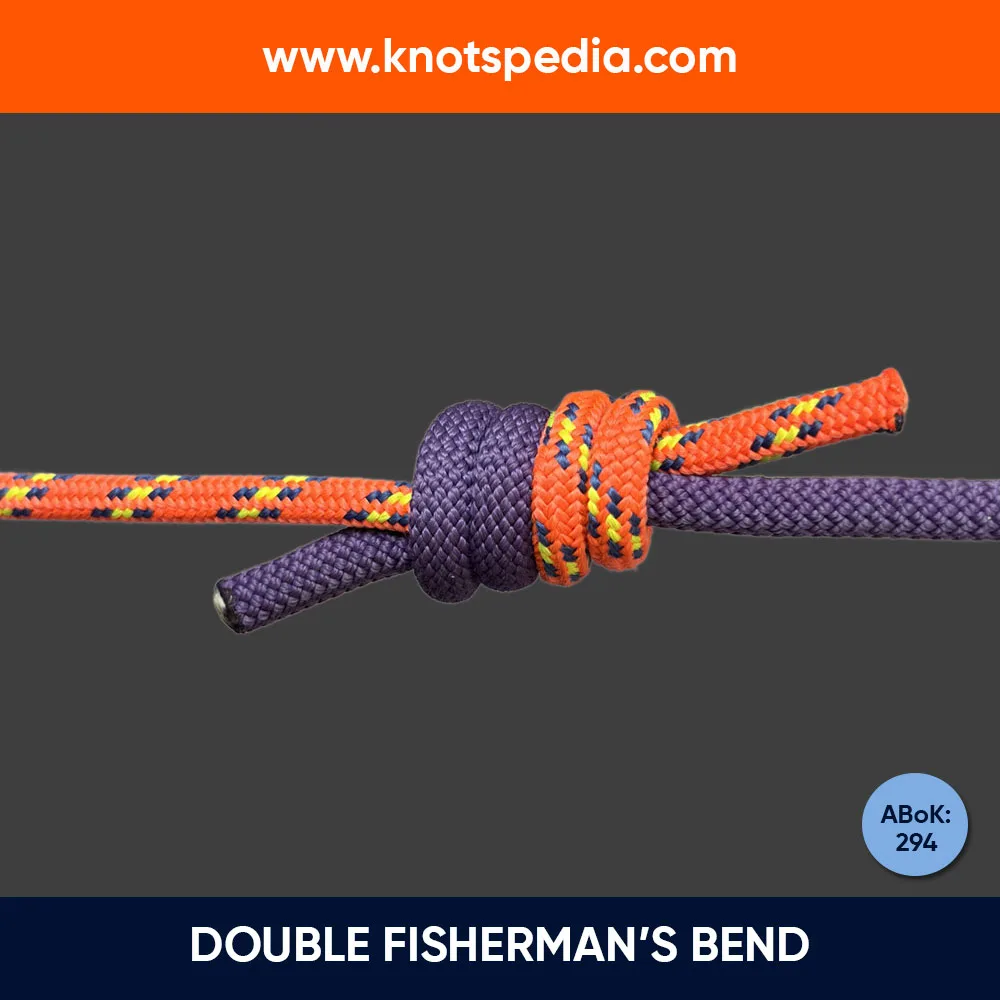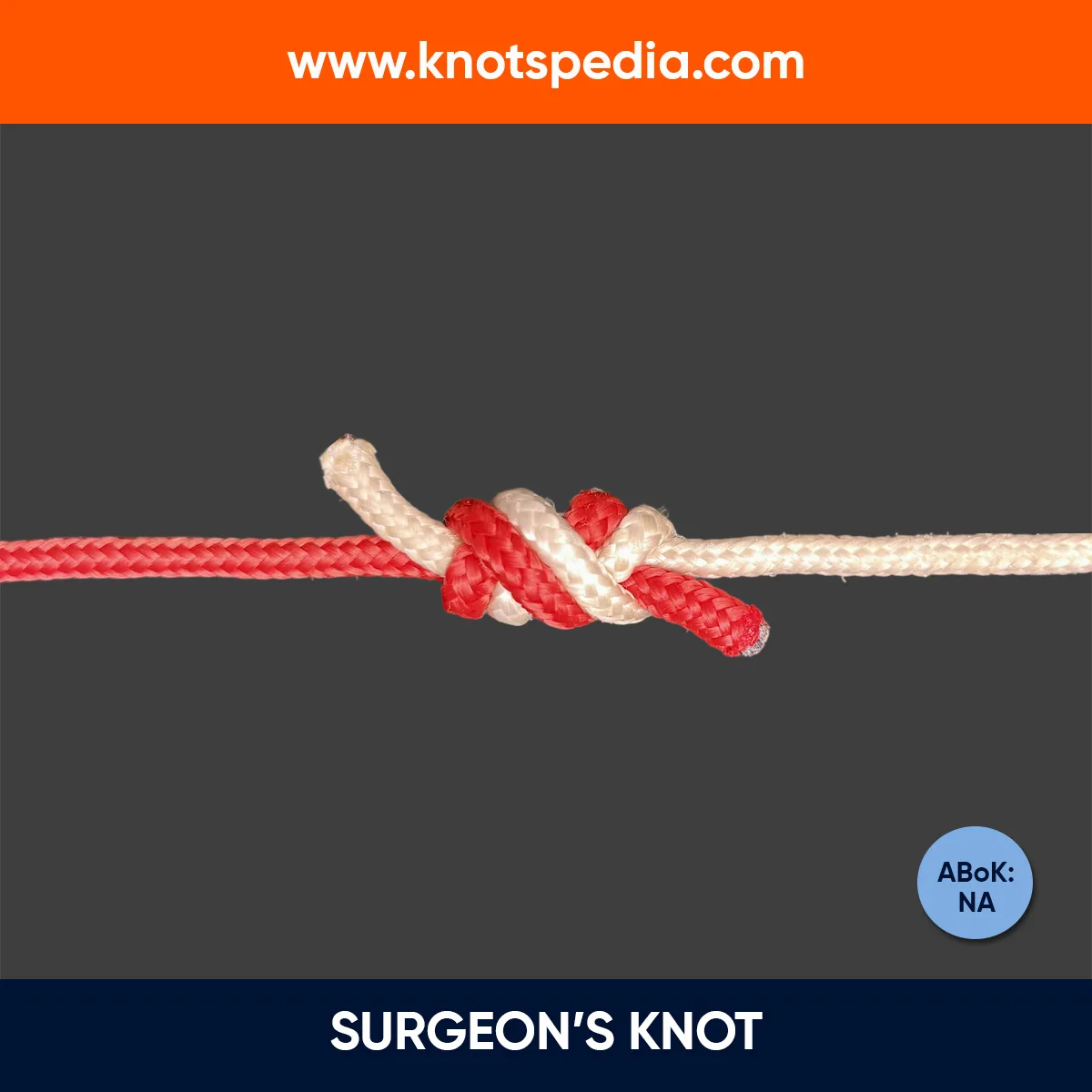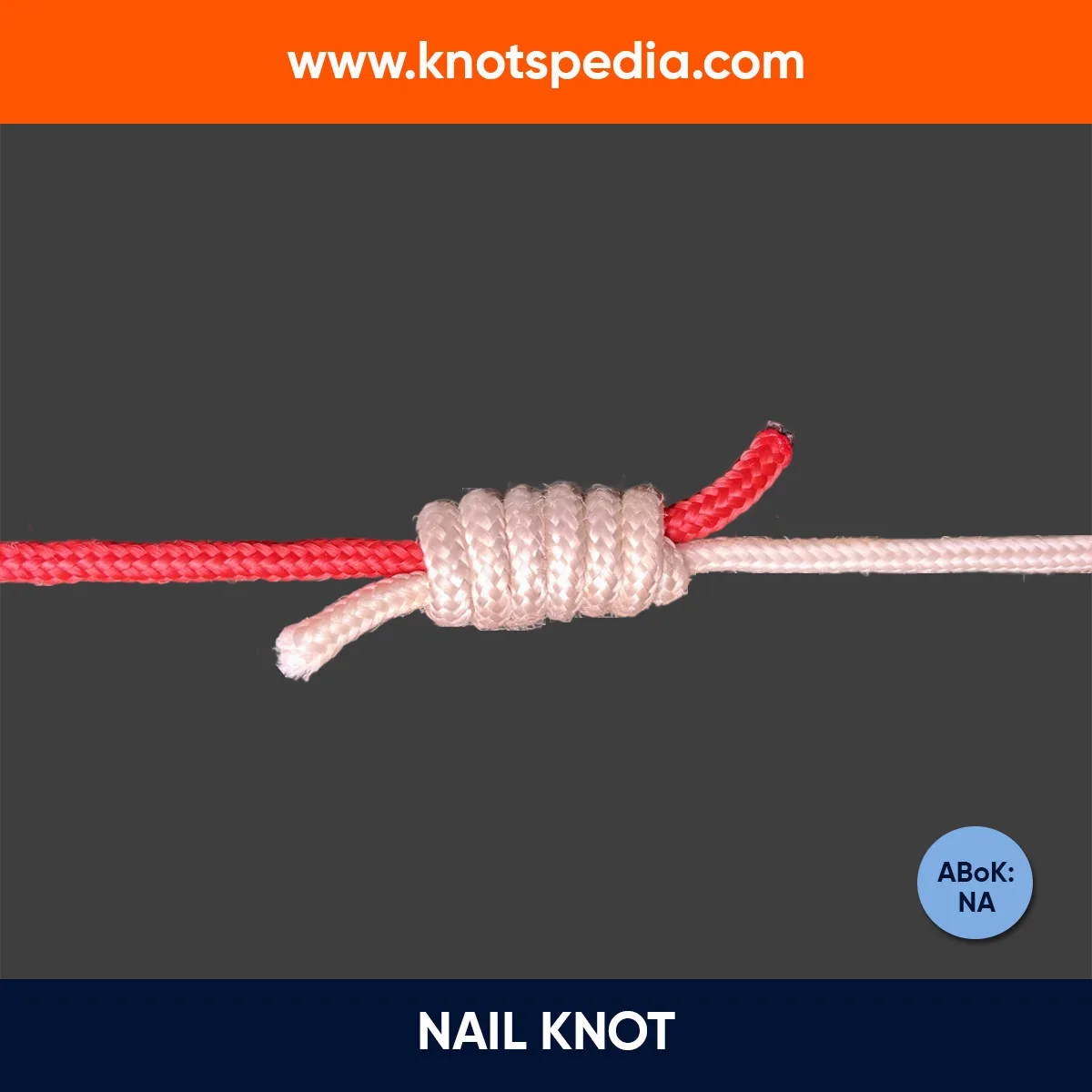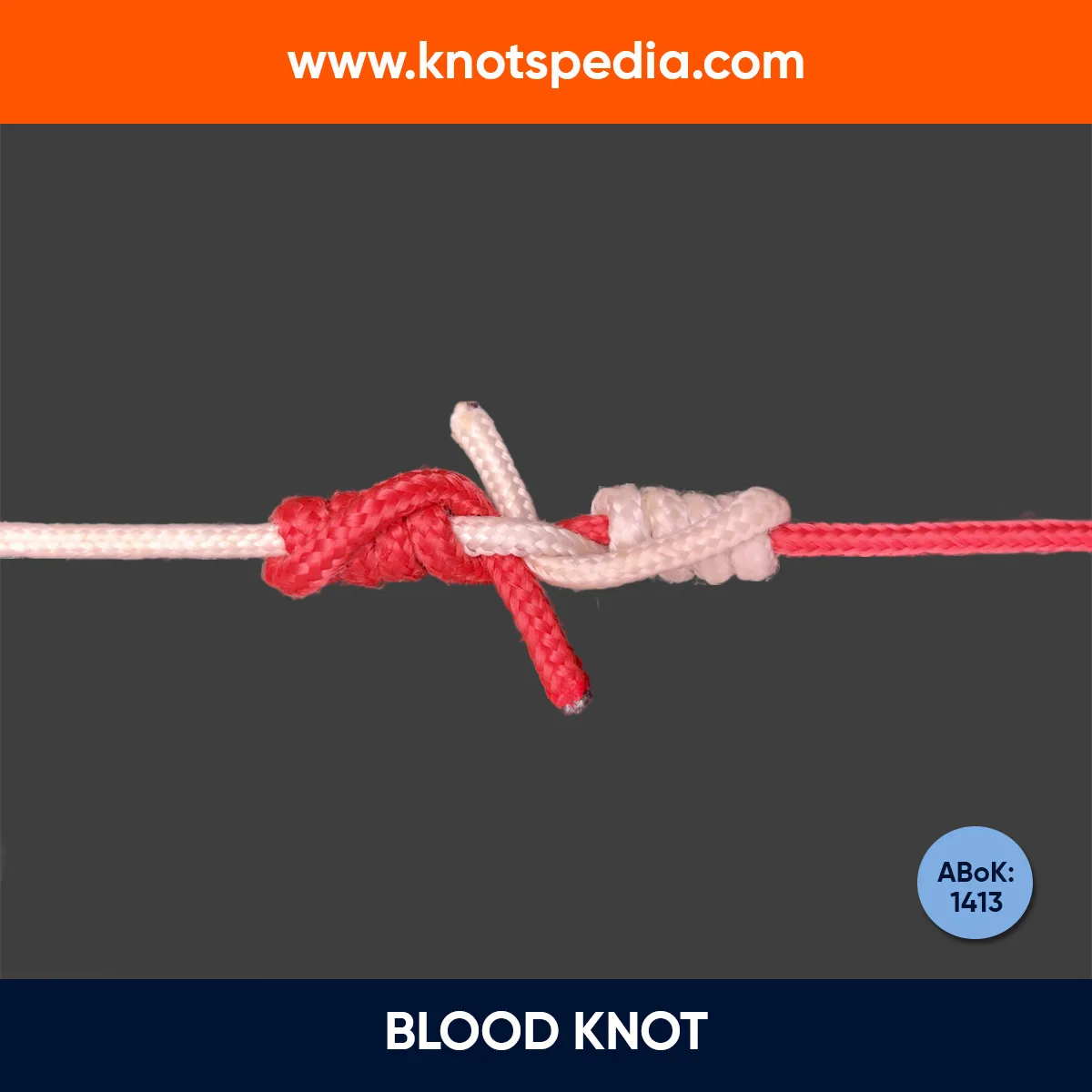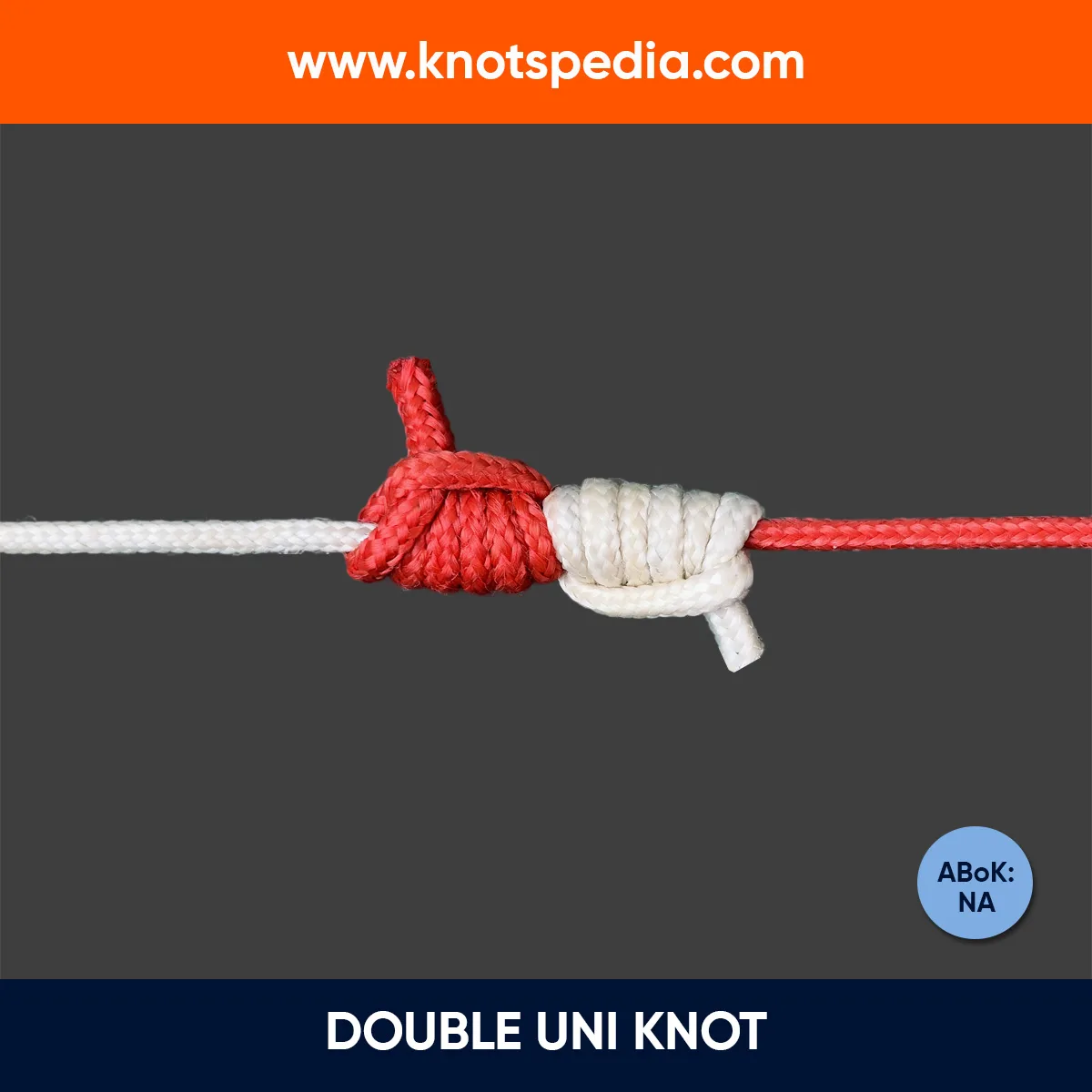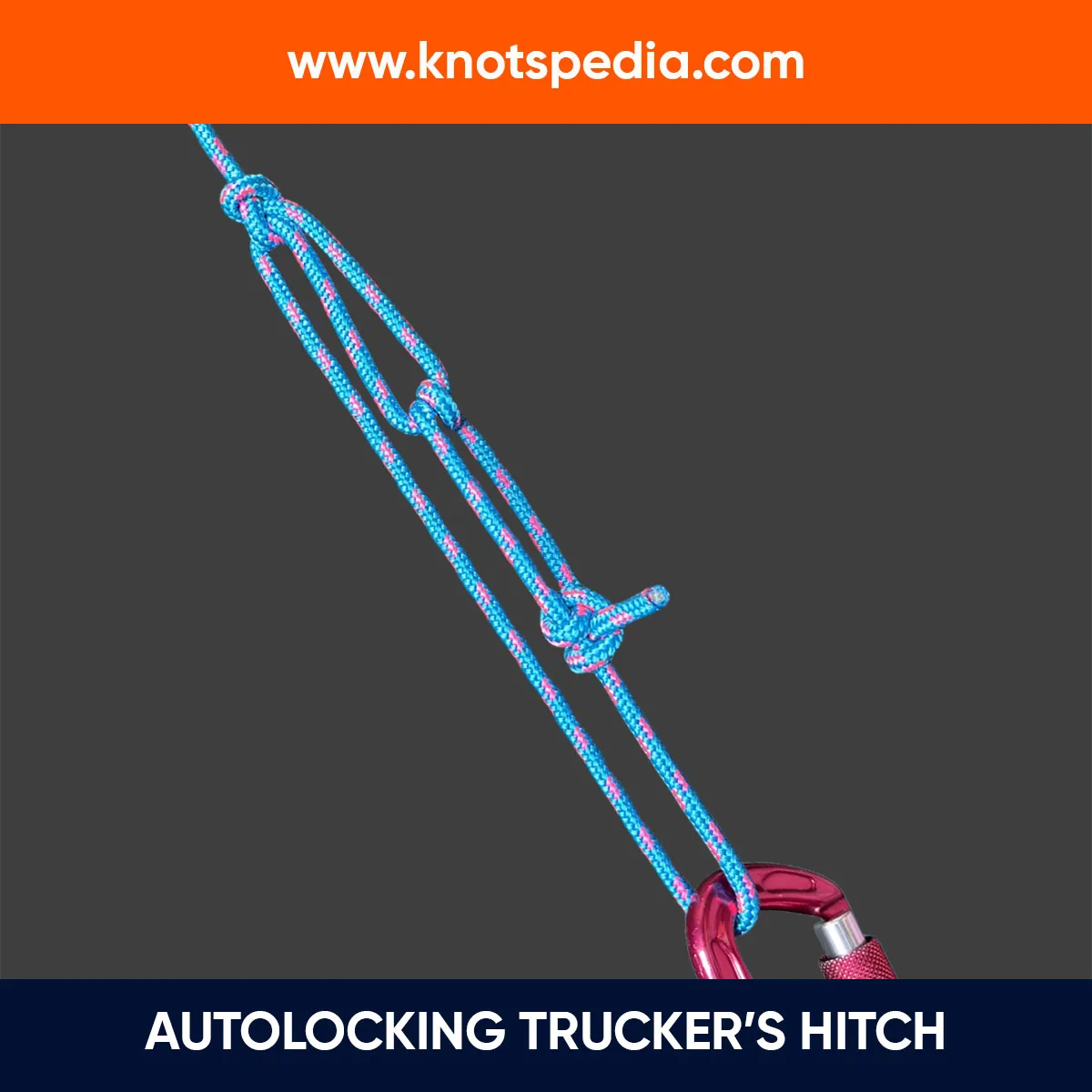The Backhand Hitch is a fantastic hitch knot that is used to attach a rope to a rail or a ring.
At its core, it has the Munter Hitch, which adds friction to control the load and is secured with Two Half Hitches.
The best part? You can tie and untie it under load.
Let’s learn it in detail.
Backhand Hitch Details
Type: Hitch Knot
Other Names: Backhanded Hitch, High Tie Knot, High Safety Knot
ABoK Reference: #1852, #1725
How to Tie a Backhand Hitch
- Pass the working end around the object.
- Pass the working end behind the standing part.
- Pass the working end around the object.
- Tie two Half Hitches around the standing part.
- Tighten the knot.
Backhand Hitch Step by Step

Pros & Cons
- Simple and easy to tie.
- Reliable under heavy load.
- Does not jam under extreme loading.
- Can be tied and untied under tension.
- If not tightened properly, friction might damage the rope.
Application and Uses
- Hauling and load securing: Secure loads for transport, particularly used to tie the anchor point of the Trucker’s Hitch.
- Boating and sailing: Secure the rope to a post quickly under tension
- Film Production: Used in films and on stage by riggers as the High Tie knot.
- General Utility: Works best for length pulling tasks and can replace Round Turn and Two Half Hitches in many scenarios.
Frequently Asked Questions
Is the Backhand Hitch Better than Round Turn and Two Half Hitches?
The Backhand Hitch and the Round Turn and Two Half Hitches share some similarities, like providing two lines of friction around an object and the ability to tie and untie under load.
The difference?
The Backhand Hitch (ABoK #1725) can be tied in a single pass using the bight.
The Half Hitches can be untied under load, converting it into the Munter Hitch. It provides extra friction that helps control the load more easily than a round turn.
Is There Another Variation of the Backhand Hitch?
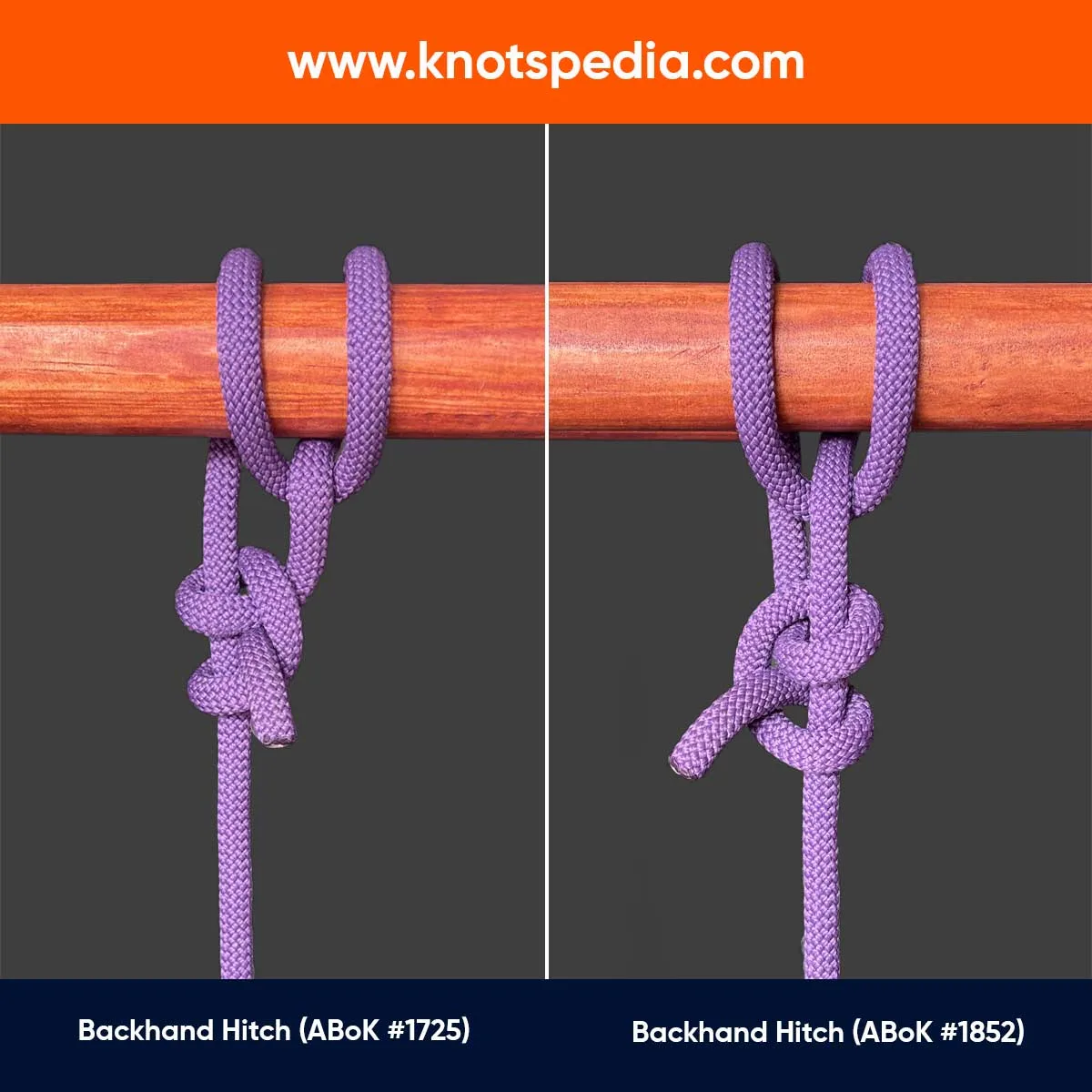
Yes, this hitch appears twice in the Ashley Book of Knots: ABoK#1725 and ABoK#1852.
At first glance, they look the same knot, but the difference is subtle.
The version ABoK #1725 can be tied in a single pass using the bight. This becomes impractical for the version ABoK#1825.
The orientation of the Munter Hitch also differs between the two versions.
Liked the article? Bookmark it or share it with friends!
